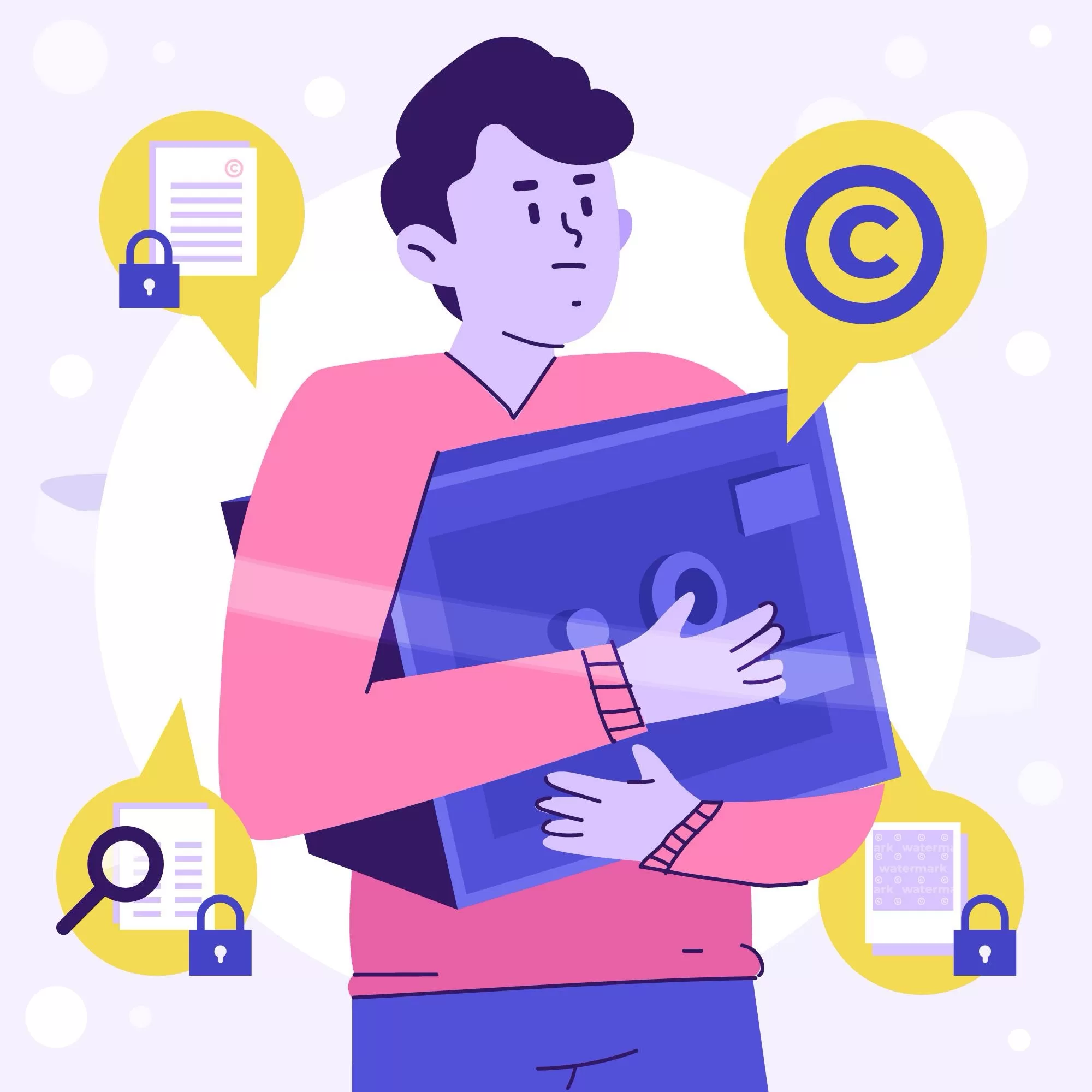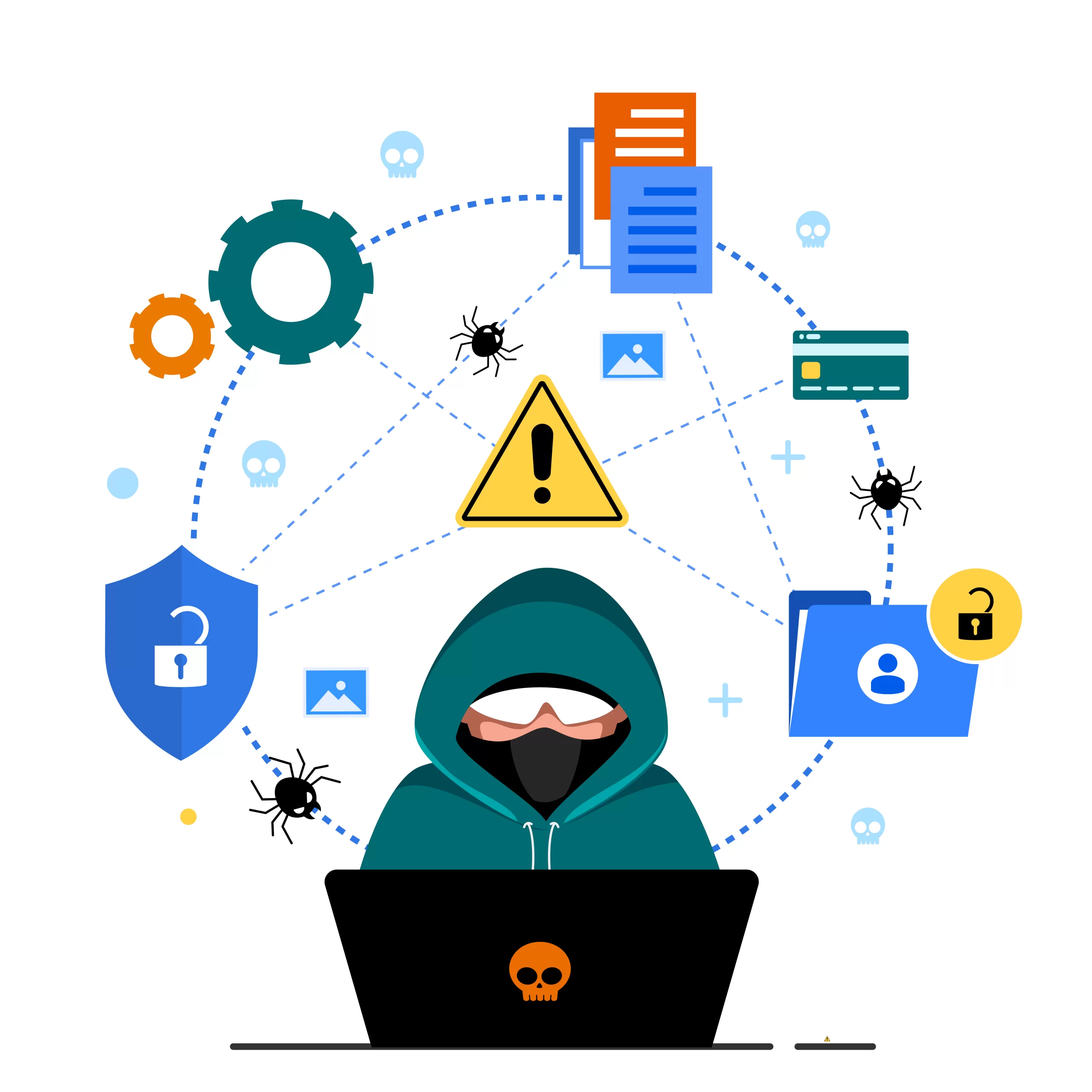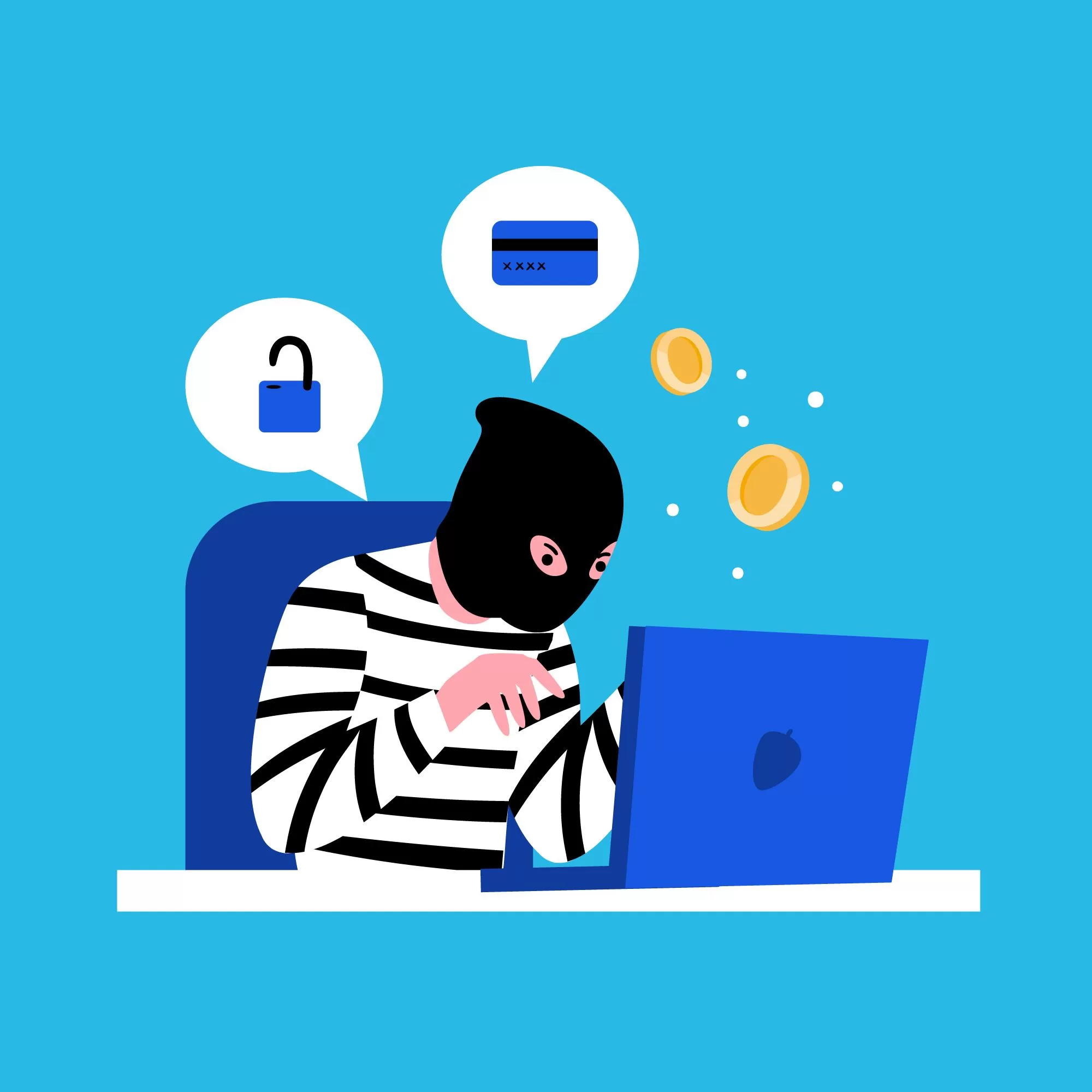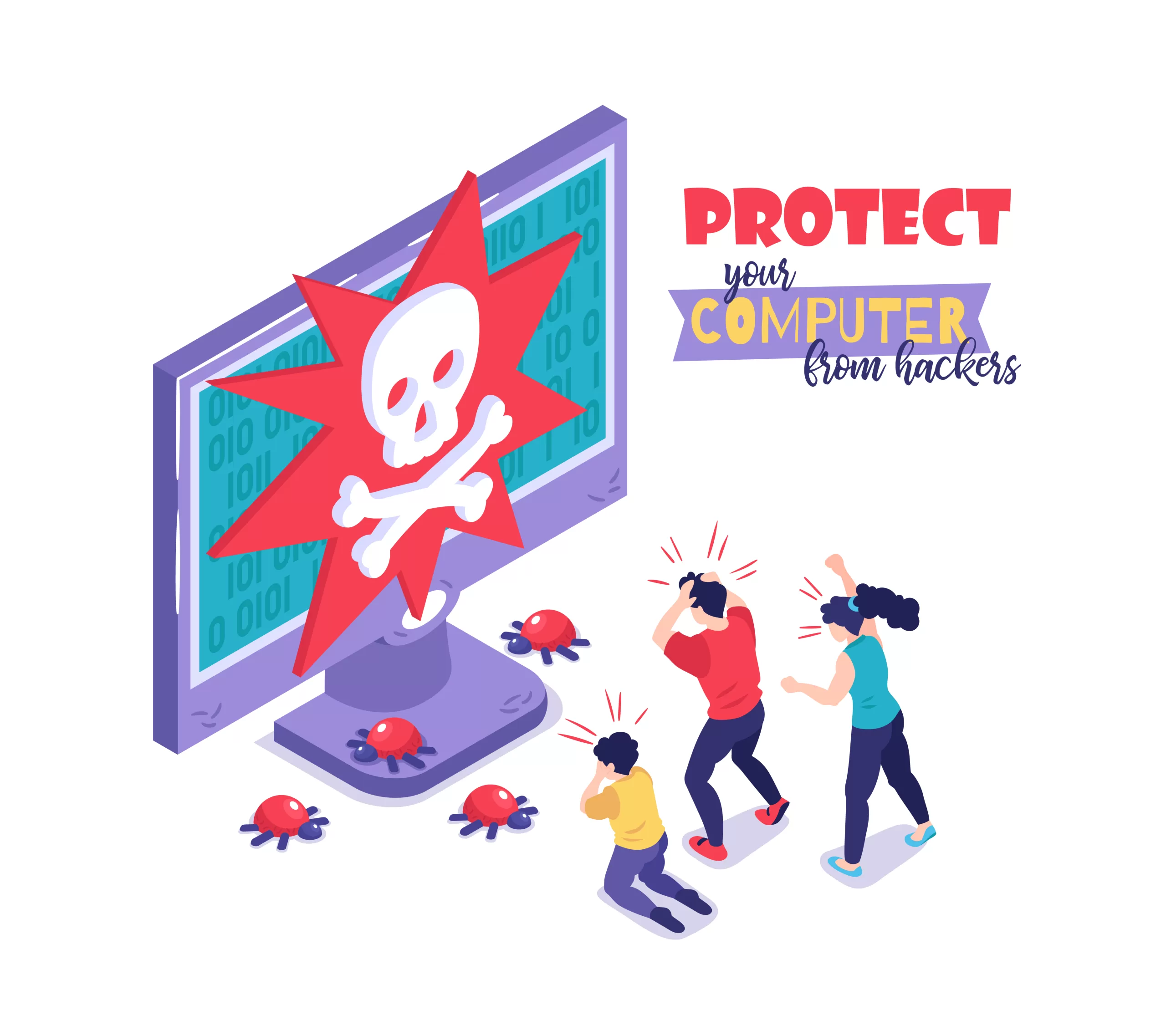
In our increasingly digital world, protecting your identity has become more important than ever. Personal documents, such as your social security number or Aadhaar Number, driver’s license, passport, any government ID number and financial information, are crucial to your identity and can be exploited by fraudsters if they fall into the wrong hands. Unauthorized use of these documents can lead to significant fraud, including identity theft, financial loss, and damage to your credit score. Here are some comprehensive steps and tips to help you protect your identity by being mindful of where and how you share your personal documents.
Understand the Risks
Personal documents contain sensitive information that can be used by criminals to impersonate you, access your financial accounts, or commit various forms of fraud. For instance:
- Identity Theft: A criminal uses your personal information to open new credit accounts, take out loans, or commit other forms of fraud in your name.
- Financial Fraud: Unauthorized access to your bank account details or credit card information can lead to significant financial losses.
- Social Security Fraud: Your social security number can be used to file fraudulent tax returns or gain employment under your name.
How to Protect Your Personal Documents
- Be Cautious with Sharing Information:
- In Person: Only provide personal documents when absolutely necessary. For example, when applying for a job, renting a home, or opening a bank account. Always verify the legitimacy of the request.
- Online: Be wary of sharing personal information online. Avoid entering sensitive details on unsecured websites or through email. Look for secure website indicators, such as “https://” in the URL and a padlock icon in the address bar.
- Use Strong Passwords and Encryption:
- Protect digital copies of your personal documents with strong, unique passwords. Consider using a password manager to keep track of your passwords securely.
- Encrypt sensitive files before storing them on your computer or cloud services. This adds an extra layer of security, making it harder for unauthorized users to access your information.
- Monitor Your Accounts Regularly:
- Regularly check your bank statements, credit card statements, and credit reports for any unauthorized transactions or accounts.
- Set up alerts for your financial accounts to receive notifications of suspicious activity.
- Limit What You Carry:
- Only carry essential identification documents, such as your driver’s license or a single credit card, when you leave the house. Leave non-essential documents, such as your social security card or passport, in a secure location at home.
- Use a secure wallet or RFID-blocking case to protect your cards from electronic pickpocketing.
- Secure Physical Documents:
- Store personal documents in a secure location, such as a locked drawer or a safe. Avoid leaving them out in the open where they can be easily accessed.
- Shred documents that contain personal information before disposing of them. This includes bank statements, credit card offers, and medical records.
- Be Aware of Phishing Scams:
- Phishing scams often involve fraudsters posing as legitimate organizations to trick you into providing personal information. Be cautious of unsolicited emails, phone calls, or messages requesting sensitive details.
- Verify the authenticity of the request by contacting the organization directly using official contact information.
Example Scenario:
Imagine receiving an email that appears to be from your bank, requesting you to update your account information by clicking a link. The email looks legitimate, complete with the bank’s logo and branding. However, upon closer inspection, you notice the email address is slightly different from the bank’s official address. Instead of clicking the link, you contact your bank directly and discover that the email was a phishing attempt designed to steal your personal information.
Protecting Your Identity in the Digital Age
In today’s digital age, it’s essential to be proactive about protecting your identity. Here are additional steps you can take to safeguard your personal information:
- Use Multi-Factor Authentication (MFA):
- Enable MFA for your online accounts. This adds an extra layer of security by requiring you to provide two or more verification factors to gain access. For details read more…
- Educate Yourself and Stay Informed:
- Stay informed about the latest identity theft and fraud schemes. Knowledge is power, and understanding the tactics used by fraudsters can help you avoid falling victim to their schemes.
- Participate in security awareness training if offered by your employer or community organizations.
- Freeze Your Credit:
- Consider placing a credit freeze on your credit reports. This restricts access to your credit report, making it harder for identity thieves to open new accounts in your name.
- Report Suspicious Activity:
- If you suspect your personal information has been compromised, report it to the appropriate authorities immediately. This includes your bank, credit card companies, and credit bureaus.
- File a report with the Federal Trade Commission (FTC) if you believe you are a victim of identity theft.
In conclusion, protecting your identity requires vigilance and proactive measures. By being mindful of where and how you share your personal documents, using strong passwords and encryption, and staying informed about potential threats, you can significantly reduce the risk of identity theft and fraud. Remember, your personal information is valuable—take the necessary steps to safeguard it and maintain your peace of mind.







